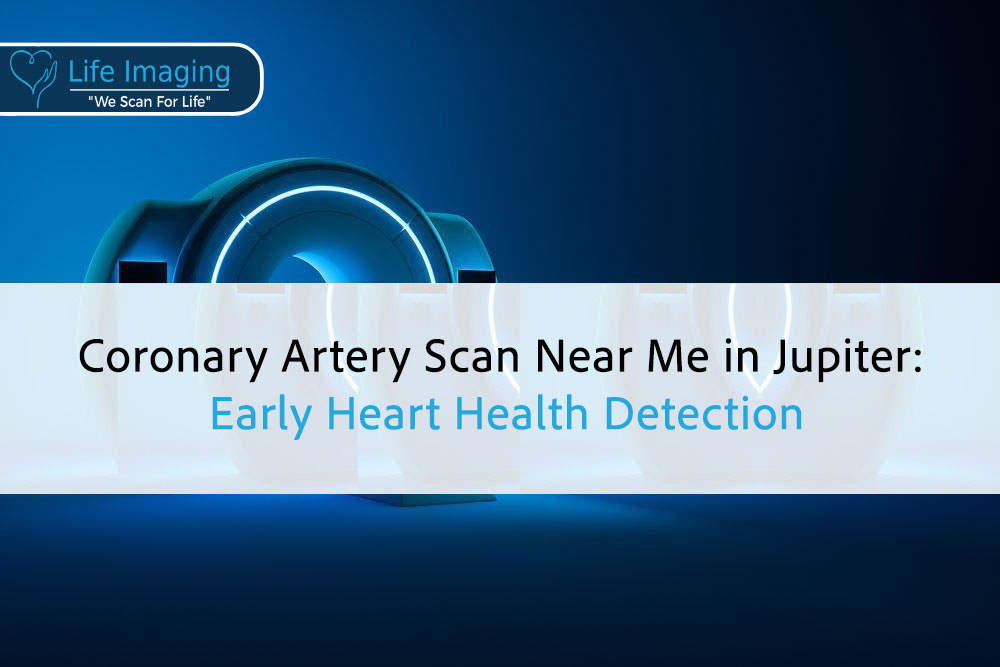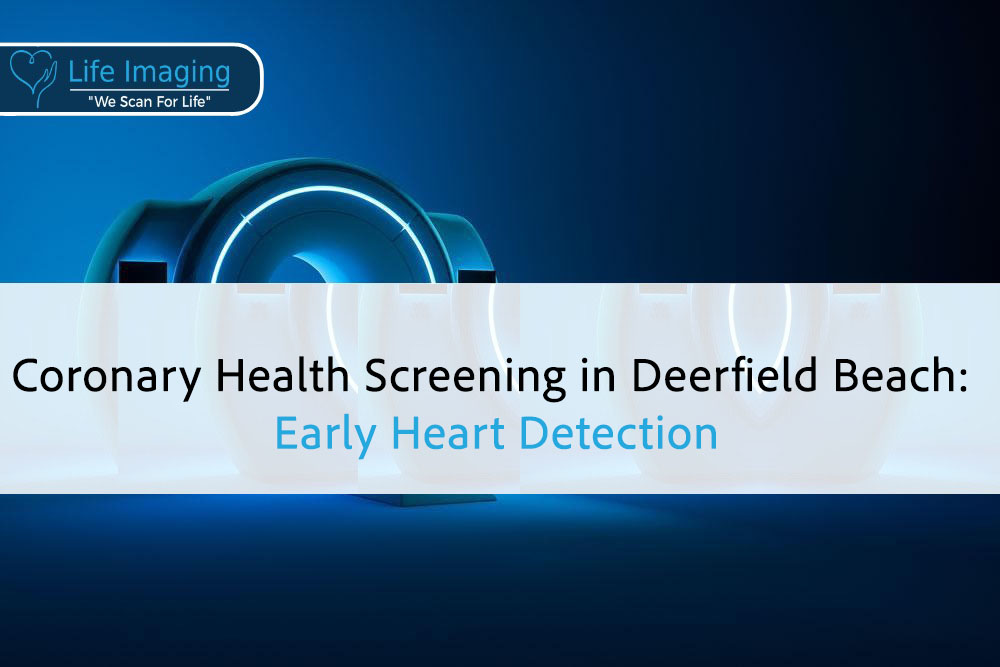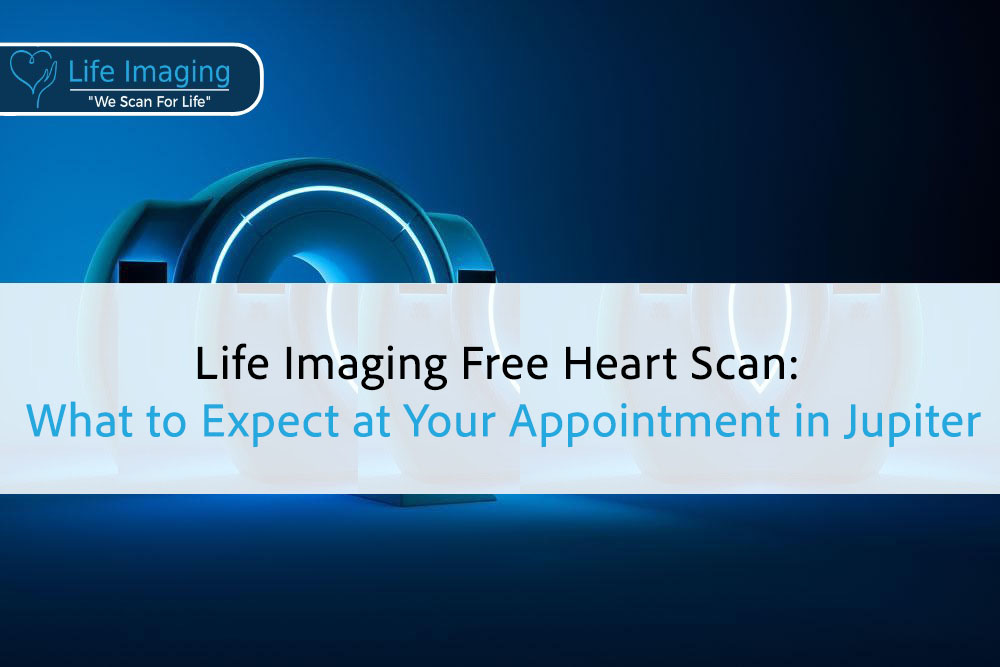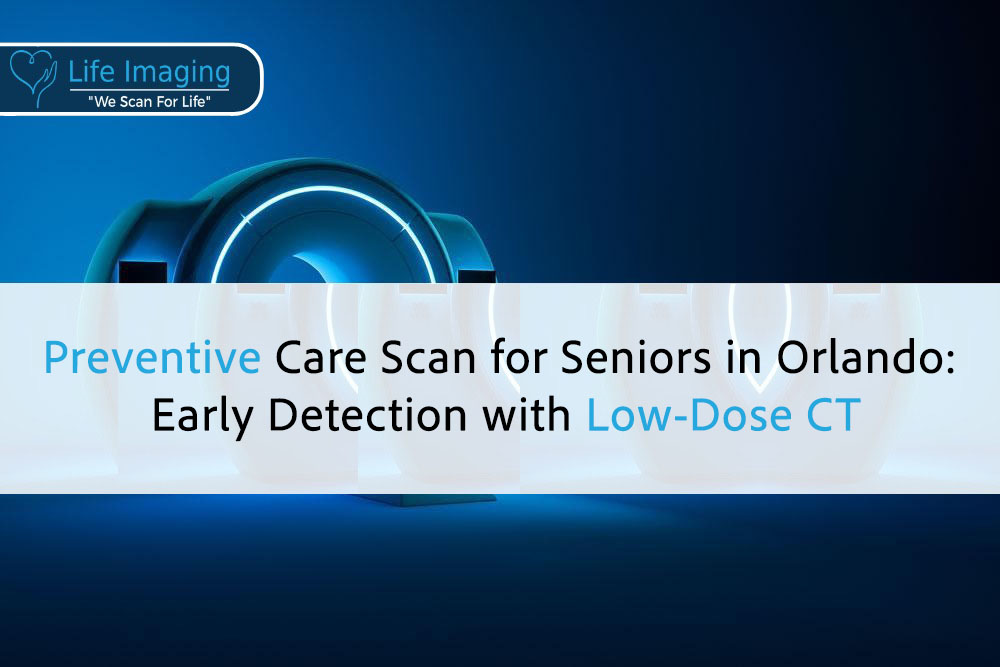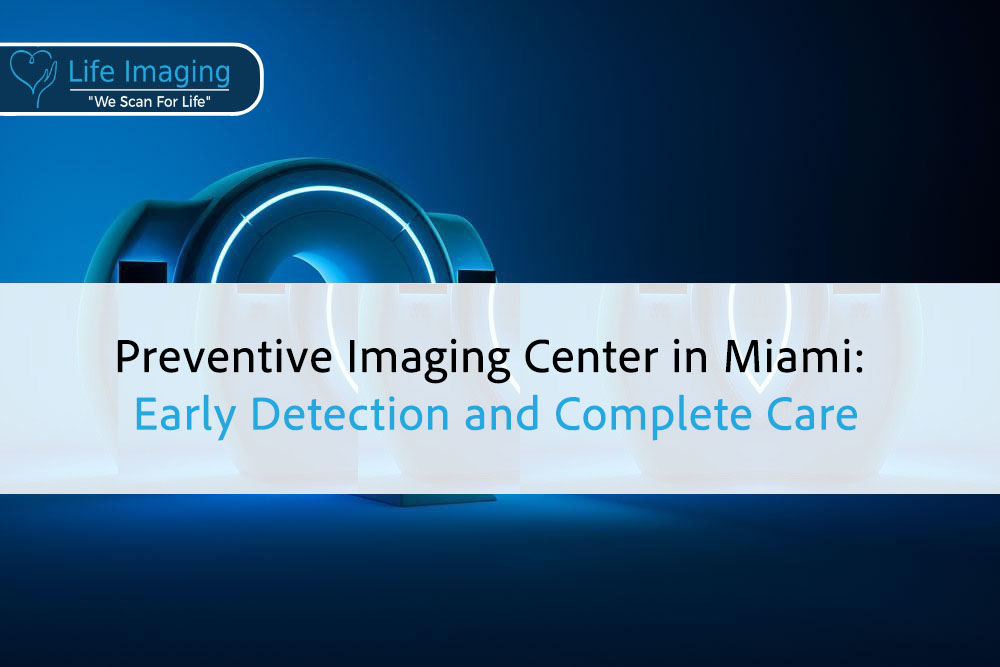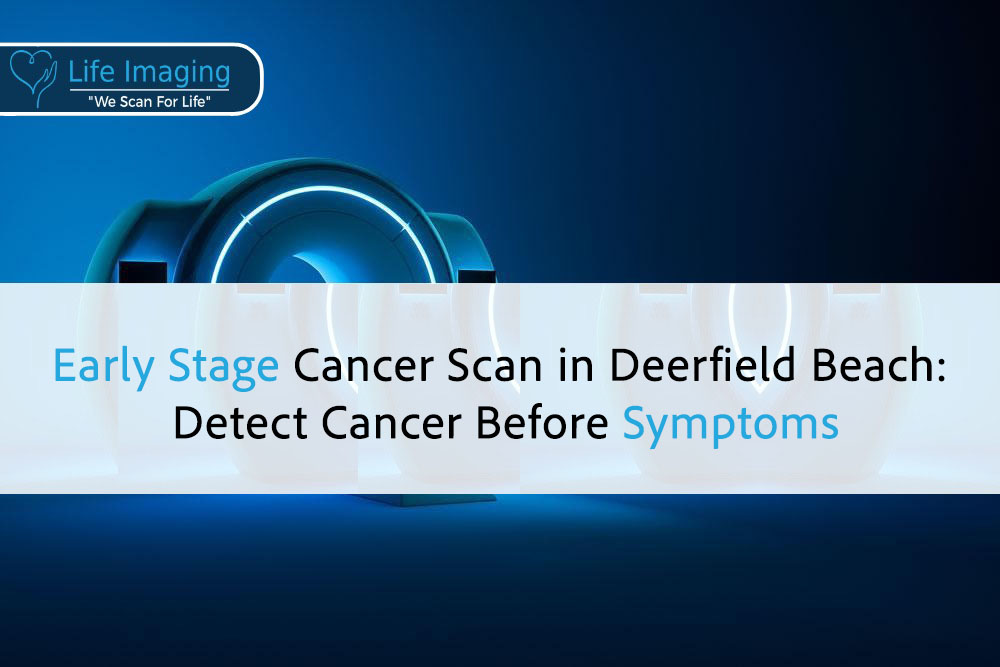Lung cancer is a serious disease that affects many people every year. It happens when abnormal cells grow uncontrollably in the lungs. These cells can form tumors that make it hard to breathe and may spread to other parts of the body. Knowing the signs of lung cancer and getting screened early can often lead to better outcomes and more effective treatments.
Recognizing the symptoms of lung cancer is crucial. Some symptoms may be easily ignored because they seem like common problems, such as a persistent cough or feeling tired all the time. However, these could be early warning signs of this kind of cancer. By paying attention to these symptoms, you can take action quickly.
Screening for lung cancer can save lives. It helps doctors find the disease at an early stage, when it is most treatable. One of the most effective ways to screen for this cancer is through a low dose CT scan. This type of scan uses less radiation than a regular CT scan and is an excellent tool for detecting lung cancer early.
Let’s explore the symptoms, risk factors, and various screening methods to help you stay informed and proactive about your lung health.
What is Lung Cancer?
Lung cancer occurs when abnormal cells in the lungs grow uncontrollably. These abnormal cells can form lumps, known as tumors, which can interfere with your lungs’ ability to function properly. There are two main types of lung cancer: non-small cell lung cancer (NSCLC) and small cell lung cancer (SCLC).
- Non-Small Cell Lung Cancer (NSCLC): This is the most common type, accounting for about 85% of all lung cancer cases. It includes subtypes such as adenocarcinoma, squamous cell carcinoma, and large cell carcinoma. Each subtype grows and spreads in different ways, but they are generally treated in similar manners.
- Small Cell Lung Cancer (SCLC): This type is less common but tends to grow and spread more quickly than NSCLC. It is usually more responsive to chemotherapy, but often, it has already spread by the time it’s diagnosed.
Understanding what lung cancer is can help you recognize the importance of early detection and treatment. By catching the disease early, there are more treatment options available, which could potentially save lives.
Common Signs and Symptoms of Lung Cancer
Lung cancer symptoms can vary from person to person, and some signs may not appear until the disease is advanced. Here are some of the most common signs and symptoms to watch out for:
- Persistent Cough: A new cough that doesn’t go away or a chronic cough that gets worse over time.
- Chest Pain: Pain in the chest that is often worse with deep breathing, coughing, or laughing.
- Shortness of Breath: Feeling like you can’t catch your breath or having trouble breathing during daily activities.
- Wheezing: A whistling or squeaky sound when you breathe.
- Coughing Up Blood: Even a small amount of blood in your cough can be a sign of lung cancer.
- Hoarseness: Changes in your voice, making it sound raspy or deeper.
- Unexplained Weight Loss: Losing weight without trying can be a sign of many types of cancer.
- Fatigue: Feeling unusually tired or weak without a clear reason.
If you notice any of these symptoms, it’s essential to see a doctor right away. Early detection can make a significant difference in the effectiveness of treatment.
Risk Factors for Lung Cancer
Several factors can increase your risk of developing lung cancer. Some of these risk factors are within your control, while others are not. Here’s a list to help you understand what might put you at risk:
- Smoking: The most significant risk factor for lung cancer. The more you smoke and the longer you smoke, the higher your risk.
- Secondhand Smoke: Even if you don’t smoke, being around someone who does can increase your risk.
- Exposure to Radon: This natural gas comes from the breakdown of uranium in soil and can accumulate in homes.
- Exposure to Asbestos: Frequently found in certain work environments, prolonged asbestos exposure is linked to lung cancer.
- Family History: If a close family member has had lung cancer, your chances of getting it are higher.
- Previous Radiation Therapy: If you’ve had radiation treatments to the chest area, your risk may be increased.
- Air Pollution: Long-term exposure to polluted air increases your risk.
Understanding these risk factors can help you take steps to reduce your risk. For example, quitting smoking and reducing exposure to harmful substances can significantly lower your chances of developing lung cancer.
Importance of Early Detection
Early detection of lung cancer can significantly improve the chances of successful treatment and survival. When lung cancer is found at an earlier stage, there are more treatment options available, and these treatments are often more effective.
- Better Treatment Options: When lung cancer is detected early, surgery to remove the tumor is usually possible. In contrast, advanced-stage lung cancer might not be treatable with surgery alone and may require more aggressive treatments like chemotherapy or radiation therapy.
- Increased Survival Rates: Early-stage lung cancer has a much higher survival rate compared to later stages. Detecting it before it has spread to other parts of the body can significantly improve your chances of a good outcome.
- Less Aggressive Treatment: Treatments for early-stage lung cancer are generally less aggressive and have fewer side effects compared to treatments for advanced-stage cancer. This can lead to a better quality of life during and after treatment.
Being aware of the importance of early detection encourages people to take proactive steps in getting screened, especially if they have risk factors for lung cancer. Screening tests, such as low dose CT scans, can identify lung cancer early, often before symptoms appear.
Types of Lung Cancer Screening Tests
Screening for lung cancer can identify the disease at an early stage when it is more treatable. Several screening tests are used to detect lung cancer, each with its pros and cons.
- Low Dose CT Scan (LDCT): This is the most common and effective screening test for lung cancer. It uses lower amounts of radiation compared to a standard CT scan and provides detailed images of the lungs.
- Chest X-Ray: While once commonly used, chest X-rays are less effective at detecting lung cancer early because they may miss small nodules that a CT scan would catch.
- Sputum Cytology: This test examines mucus that is coughed up from the lungs under a microscope to check for cancer cells. It is less commonly used but may be helpful in certain cases.
Low dose CT scans are the preferred method for lung cancer screening due to their accuracy and ability to detect small abnormalities that other tests may miss. Regular screening with LDCT has been shown to reduce the risk of dying from lung cancer in high-risk individuals.
How Low Dose CT Scans Work for Lung Cancer Screening
A low dose CT scan is a powerful tool for early detection of lung cancer. Here’s how it works:
- Preparation: Before the scan, you may be asked to change into a hospital gown and remove any metal objects like jewelry.
- Positioning: You will lie flat on a table that slides into the CT scanner, a large doughnut-shaped machine.
- Scanning: The scanner rotates around your body, taking multiple X-ray images from different angles. These images are then combined by a computer to create a detailed picture of your lungs.
- Low Radiation Dose: The term “low dose” refers to the reduced amount of radiation used in the scan compared to a standard CT scan. This reduction minimizes the risk associated with radiation exposure while still providing clear images.
The process is quick, usually taking just a few minutes. The images obtained can show nodules or other abnormalities in the lungs that may indicate the presence of cancer. This early detection allows for timely follow-up tests and treatments.
Benefits of Low Dose CT Scans for Lung Cancer
Low dose CT scans offer several benefits for lung cancer screening:
- Early Detection: One of the biggest advantages is the ability to detect lung cancer early, often before symptoms begin. Early detection means that treatment can be started sooner, improving the chances of a successful outcome.
- Non-Invasive: The scan is non-invasive, meaning it does not require surgery or needles. This makes it a preferred option for many patients.
- Quick and Painless: The procedure is fast, usually completed in less than 10 minutes, and is painless. You simply need to lie still while the scanner takes the images.
- Reduced Radiation Exposure: Using a lower dose of radiation reduces the risks associated with repeated exposure, making it safer for routine screening.
- Detailed Images: Despite the lower radiation, the images produced are clear and detailed, allowing doctors to spot even small abnormalities that other tests might miss.
These benefits make low dose CT scans a valuable tool in the fight against lung cancer, especially for those at high risk.
Who Should Get Screened for Lung Cancer?
Screening is not recommended for everyone. Here’s a list of who should consider getting screened for lung cancer with a low dose CT scan:
- Age Group: People aged 50 to 80 who have a history of heavy smoking.
- Current or Former Smokers: Those who smoke now or have quit within the past 15 years.
- Heavy Smoking History: Defined as a smoking history of 20 pack-years or more (e.g., one pack a day for 20 years or two packs a day for 10 years).
- Exposure to Secondhand Smoke: Individuals with significant exposure to secondhand smoke, especially if combined with other risk factors.
- Other Risk Factors: People with additional risk factors like a family history of lung cancer, previous radiation therapy to the chest, or exposure to radon and asbestos.
Speak to your doctor to see if you fall into one of these categories. Screening can help detect lung cancer early when it is most treatable and potentially save lives.
Preparing for a Lung Cancer Screening Test
Getting ready for a lung cancer screening test is simple but important. Proper preparation ensures the test is accurate and runs smoothly. Here are key steps to take before your screening:
Prior to the Scan:
- Share Medical Information: Inform your doctor about your medical history, including any surgeries, illnesses, or current medications.
- Follow Fasting Guidelines: Depending on the test, you might need to fast for a few hours before your appointment. Ask your doctor if this applies to you.
- Hydrate Well: Drink plenty of water the day before. Staying hydrated helps improve image quality.
- Dress Comfortably: Wear loose clothing without metal zippers or buttons. You might need to change into a hospital gown for the scan.
On the Day of the Scan:
- Arrive Early: Come at least 15 minutes early so you have time to fill out any necessary paperwork.
- Bring Identification: Have your ID and insurance information ready.
Being fully prepared can help the scan go smoothly and get the best results possible.
What to Expect During a Low Dose CT Scan
Knowing what happens during a low dose CT scan can help ease any nervousness. Here’s a step-by-step look at the process so you can be ready:
Step-by-Step Process:
- Check-In and Preparation: After arriving, you’ll be directed to a preparation area. You might need to change into a gown and remove any metal objects that could interfere with the images.
- Positioning: You’ll lie on a table that slides into the CT scanner. The technician will position you correctly to capture the needed images.
- Scanning Procedure: The table will move slowly through the scanner as x-rays create detailed images of your lungs. You need to stay very still, and you might be asked to hold your breath briefly several times.
- Completion: The scan usually takes only a few minutes. Once it’s done, you can resume normal activities immediately.
Communication:
- Technician Support: You can talk to the technician through a speaker if you have any questions during the scan.
The entire process is painless and quick, making it a comfortable experience for screening.
Understanding Your Screening Results
After your lung cancer screening, understanding your results is crucial. It helps you and your doctor decide the next steps. Here’s what you need to know about interpreting your results:
Types of Results:
- Negative Result: No signs of lung cancer were found. This is good news, but you might need to continue regular screenings if you’re at high risk.
- Positive Result: Something abnormal was found. This doesn’t always mean cancer, but further tests will be needed to determine what it is.
- Follow-Up Required: Sometimes, the results are unclear, and another scan or test might be needed to get a better look.
What Happens Next:
- Discuss with Doctor: Your doctor will go over the results with you, explaining what they mean and what steps to take next.
- Additional Tests: If a positive result is found, tests like a biopsy or PET scan might be ordered for more information.
- Continued Monitoring: Regular scans might be recommended to keep an eye on any changes over time.
Being informed about your results helps you make the best decisions for your health.
Next Steps After a Positive Screening Test
A positive screening test can be unsettling, but it’s important to stay calm and understand the next steps. Early detection significantly improves the chances of successful treatment.
Immediate Actions:
- Consult Your Doctor: Schedule an appointment with your doctor to discuss the findings. They will explain what the positive result means and recommend further tests to clarify the diagnosis.
- Additional Testing: You may need further imaging tests, such as PET scans or biopsies, to determine if the finding is cancerous or benign. These tests provide more detailed information about the detected abnormality.
Treatment Options:
- Early-Stage Cancer: If diagnosed early, lung cancer might be treated with surgery, radiation, or chemotherapy. The treatment plan will depend on the cancer’s type and stage.
- Monitoring: If further tests do not confirm cancer, but there’s still some concern, periodic monitoring with follow-up scans may be recommended.
Support and Resources:
- Information: Seek information and support from healthcare providers and cancer support groups. Knowledge about the condition and treatment options can help you feel more in control.
- Emotional Support: Dealing with a potential cancer diagnosis can be emotionally challenging. Consider speaking with a counselor or joining a support group to help manage anxiety and stress.
Quickly acting on a positive screening result can significantly affect your health outcome, so follow through with your doctor’s recommendations and utilize available support resources.
Essential Lung Cancer Screening: Protect Your Health
Early detection of lung cancer through screening, especially using low dose CT scans, plays a vital role in improving survival rates. Understanding how to prepare for a screening, what to expect during the procedure, and how to interpret the results are essential steps to take. Being prepared helps make the process simpler and less stressful.
Getting screened regularly if you’re at high risk can catch potential issues early when they are most treatable. Following up on positive results quickly with your doctor ensures that you can take the necessary next steps for your health.
Take control of your lung health today. Schedule your lung cancer screening in Orlando, FL, with Life Imaging Fla to stay ahead and protect your future!
